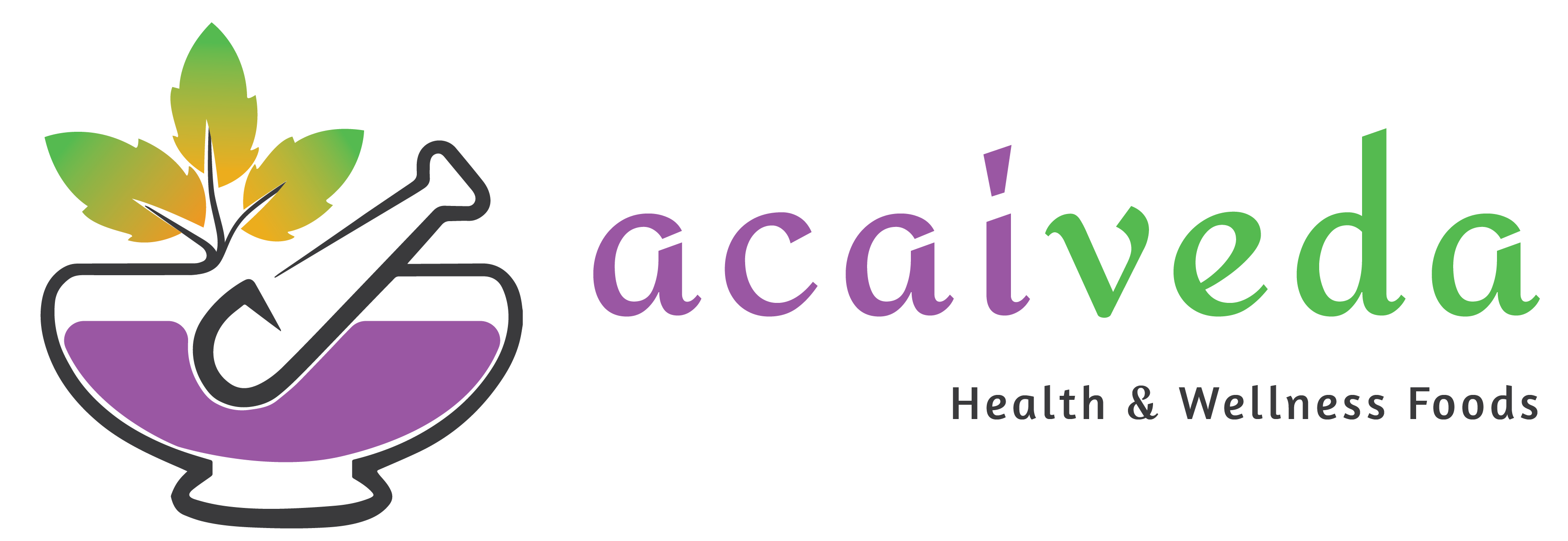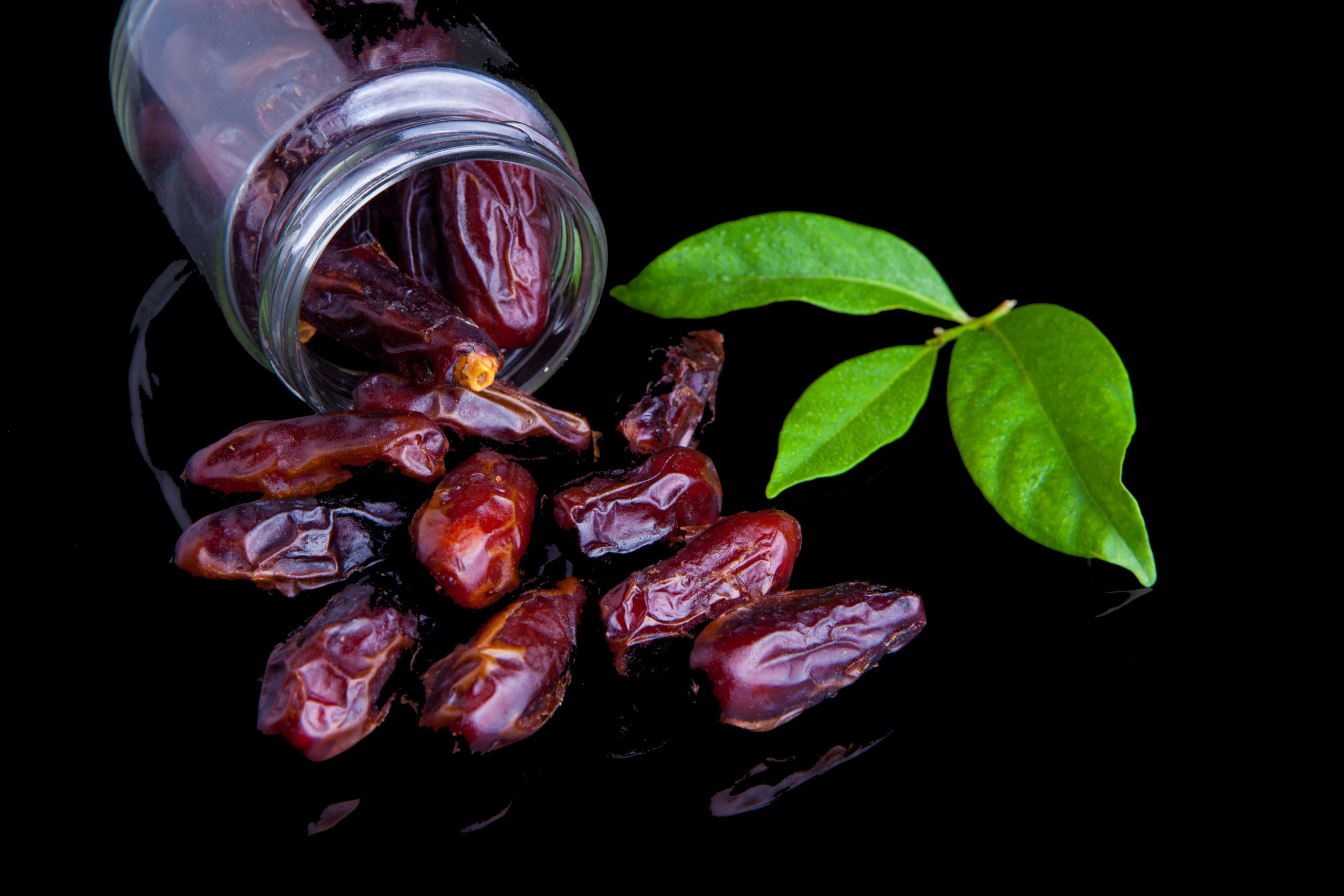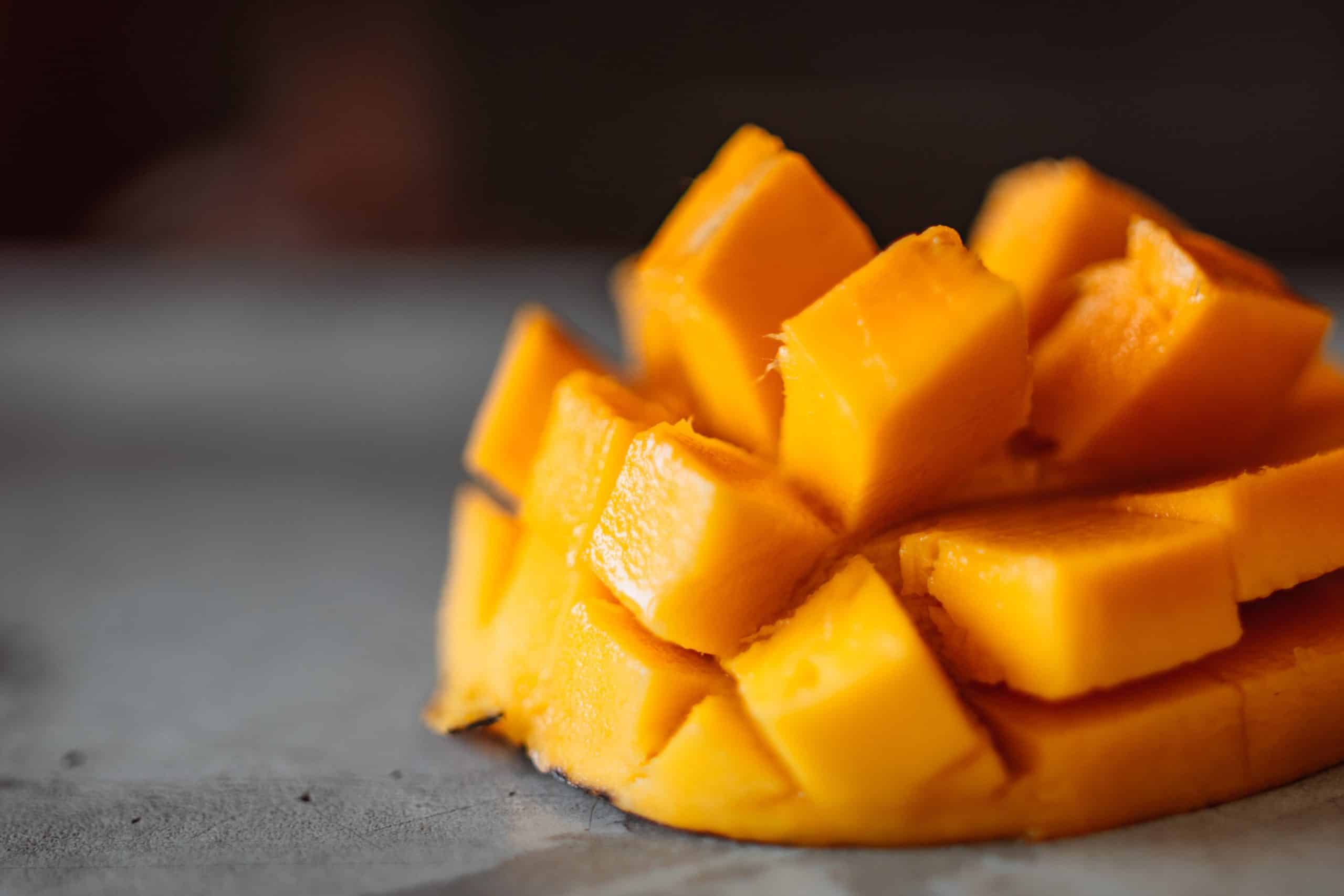SHAVEGRASS: THE POTENT HERB THAT PROMOTES VITALITY AND WELLNESS
WHAT IS THE HISTORY OF SHAVEGRASS? Shavegrass, also known as horsetail, is a type of plant that has been used for medicinal purposes for thousands of years. The plant has been used by indigenous people in North America, Europe, and Asia for a variety of health purposes, including as a natural remedy for joint pain, skin irritation, and other conditions. Shavegrass is believed to have been used by the ancient Greeks and Romans, who used the plant to treat skin wounds, stop bleeding, and promote wound healing. The plant was also used by Native American tribes, who used it to treat a variety of health conditions, including kidney problems and bladder issues. In traditional Chinese medicine, shavegrass was used as a diuretic and to treat conditions such as edema and joint pain. Also, shavegrass is considered to be a "kidney tonic" and is
Read More






